Abstract
The honeybee (Apis mellifera L.) is an important pollinator and a model for pesticide effects on insect pollinators. The effects of agricultural pesticides on honeybee health have therefore raised concern. Bees can be exposed to multiple pesticides that may interact synergistically, amplifying their side effects. Attention has focused on neonicotinoid pesticides, but flupyradifurone (FPF) is a novel butenolide insecticide that is also systemic and a nicotinic acetylcholine receptor (nAChR) agonist. We therefore tested the lethal and sublethal toxic effects of FPF over different seasons and worker types, and the interaction of FPF with a common SBI fungicide, propiconazole. We provide the first demonstration of adverse synergistic effects on bee survival and behaviour (poor coordination, hyperactivity, apathy) even at FPF field-realistic doses (worst-case scenarios). Pesticide effects were significantly influenced by worker type and season. Foragers were consistently more susceptible to the pesticides (4-fold greater effect) than in-hive bees, and both worker types were more strongly affected by FPF in summer as compared with spring. Because risk assessment (RA) requires relatively limited tests that only marginally address bee behaviour and do not consider the influence of bee age and season, our results raise concerns about the safety of approved pesticides, including FPF. We suggest that pesticide RA also test for common chemical mixture synergies on behaviour and survival.
Full article: https://royalsocietypublishing.org/doi/10.1098/rspb.2019.0433









